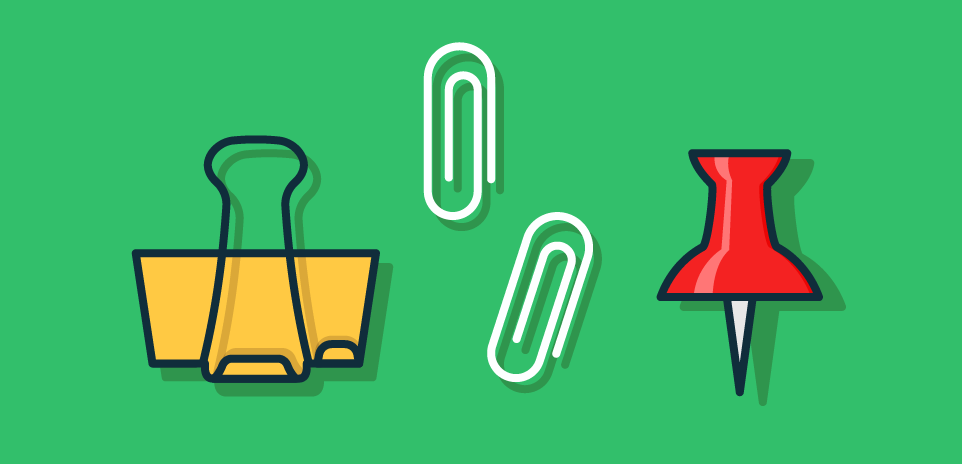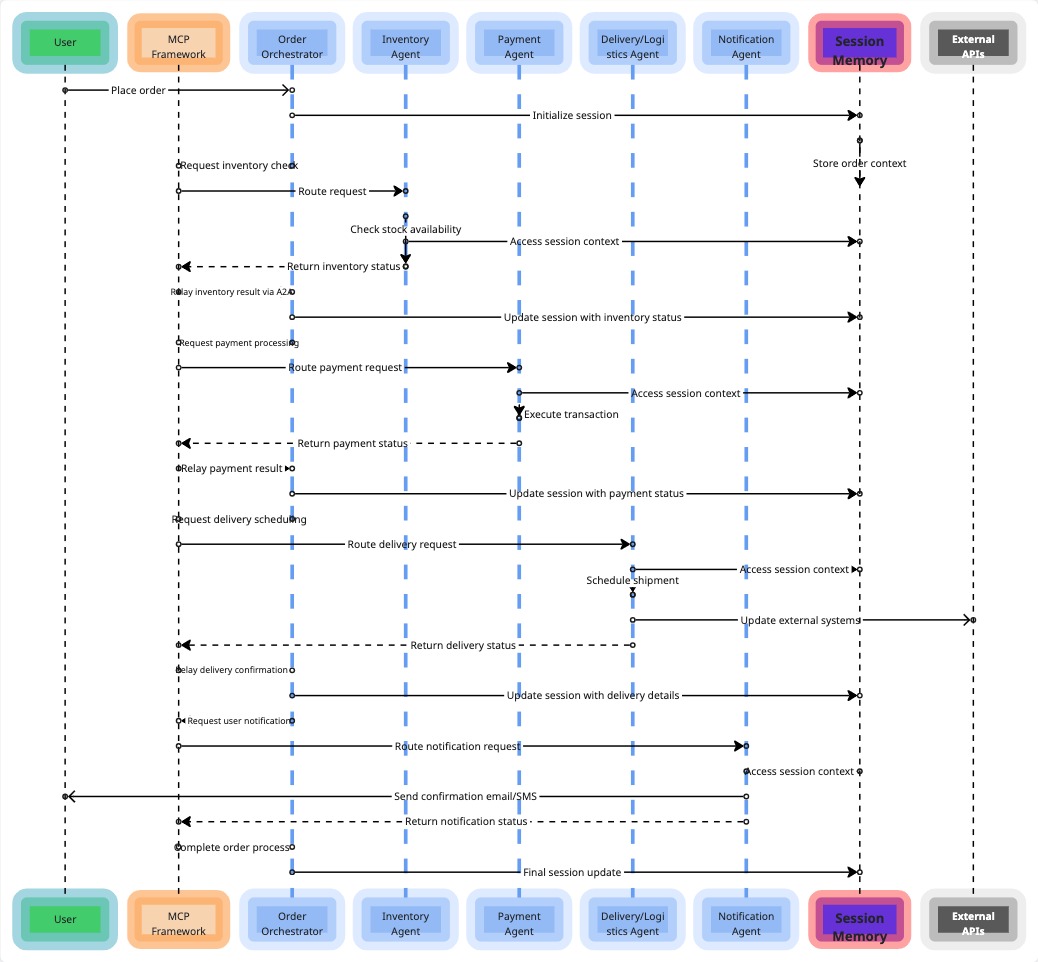7 most used util and helper methods in test automation project
Written by - Millan Kaul
Why another blog with code snippet for test automation ?
TL;DR
This blog is not a theory chapter, direct code so go ahead and copy - paste and enjoy. All code snipets are in JavaScript.
… let’s get started.
 Image credits: Vijay Verma
Image credits: Vijay Verma
1. Function to Assert Response Status Code:
Check Expected vs Actual status code in your API response.
Make sure you set up axios or simply run
npm i axios
function assertStatusCode(response, expectedStatusCode) {
if (response.status !== expectedStatusCode) {
console.error(`Expected status code: ${expectedStatusCode}, Actual status code: ${response.status}`);
throw new Error(`Response status code mismatch. Expected: ${expectedStatusCode}, Actual: ${response.status}`);
}
}
2. Function to Send a GET Request:
const axios = require('axios');
async function sendGetRequest(url, headers = {}) {
try {
const response = await axios.get(url, { headers });
return response.data;
} catch (error) {
console.error(`Failed to send GET request to ${url}:`, error);
throw error;
}
}
3. Function to Send a POST Request:
Make sure you set up axios or simply run
npm i axios
const axios = require('axios');
async function sendPostRequest(url, data, headers = {}) {
try {
const response = await axios.post(url, data, { headers });
return response.data;
} catch (error) {
console.error(`Failed to send POST request to ${url}:`, error);
throw error;
}
}
// Example usage
const apiUrl = 'https://api.domain.com/users';
const postData = { name: 'FirstName', age: 30, email: 'FirstName@domain.com' };
const requestHeaders = { 'Content-Type': 'application/json', Authorization: 'Bearer <your_auth_token>' };
const responseData = await sendPostRequest(apiUrl, postData, requestHeaders);
console.log(responseData); // Print the response data
💡 Bonus tip - For PUT Request change above code to have axios.put() instead axios.post() of and perhaps rename sendPostRequest to sendPutRequest. So something like this :
async function sendPutRequest(url, data, headers = {}) {
..
await axios.put(url, data, { headers });
..
some more util specific : ↘️
4. Function to Compare Three 3️⃣ Strings:
function compareStrings(string1, string2, string3) {
if (string1 === string2 && string2 === string3) {
return true;
} else {
return false;
}
}
usage
const string1 = 'quality';
const string2 = 'millan';
const string3 = 'millan';
const result = compareStrings(string1, string2, string3);
console.log(result); // Prints false, since string2 and string3 are not equal to string1
5. Function to Convert ISO Time to Local Time Zone:
function convertIsoToLocaleTime(isoTime, timeZone) {
const date = new Date(isoTime);
const options = { timeZone };
return date.toLocaleString('en-US', options);
}
This function takes an ISO time string and a time zone as input, and returns the equivalent local time in the specified time zone.
For example:
const isoTime = '2023-04-07T10:30:00Z';
const timeZoneCanada = 'America/Toronto';
const timeZoneAustralia = 'Australia/Sydney';
const localTimeCanada = convertIsoToLocaleTime(isoTime, timeZoneCanada);
console.log(`Local time in Canada: ${localTimeCanada}`);
const localTimeAustralia = convertIsoToLocaleTime(isoTime, timeZoneAustralia);
console.log(`Local time in Australia: ${localTimeAustralia}`);
6. Check if a string contains another string (substring):
function stringContainsSubstring(str, substring) {
return str.includes(substring);
}
Use it using :
const originalString = 'Quality With Millan';
const substring1 = 'quality';
const substring2 = 'without';
console.log(stringContainsSubstring(originalString, substring1)); // Prints true
console.log(stringContainsSubstring(originalString, substring2)); // Prints false
7. Function to Assert Response JSON Schema:
This function can be used to assert that the response data matches a given JSON schema, and throw an error if the validation fails.
/** ajv : https://www.npmjs.com/package/ajv
*JSON validator for Node.js and browser.
*/
const Ajv = require('ajv');
function assertJsonSchema(response, schema) {
const ajv = new Ajv();
const validate = ajv.compile(schema);
const isValid = validate(response.data);
if (!isValid) {
console.error(`JSON schema validation failed: ${ajv.errorsText(validate.errors)}`);
throw new Error(`Response JSON does not match the expected schema`);
}
}
Copy paste > save time and have fun with test automation !! 🙌




